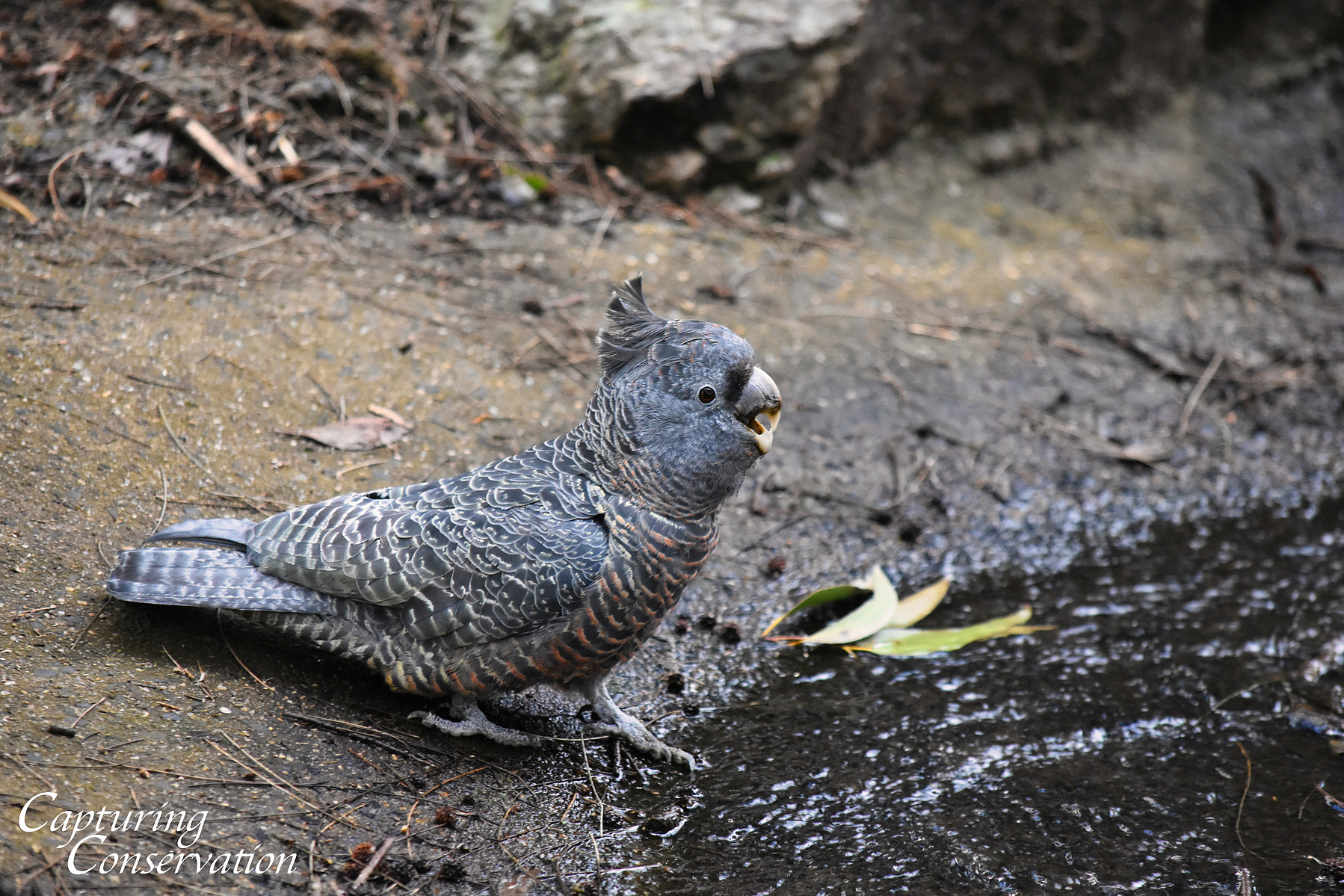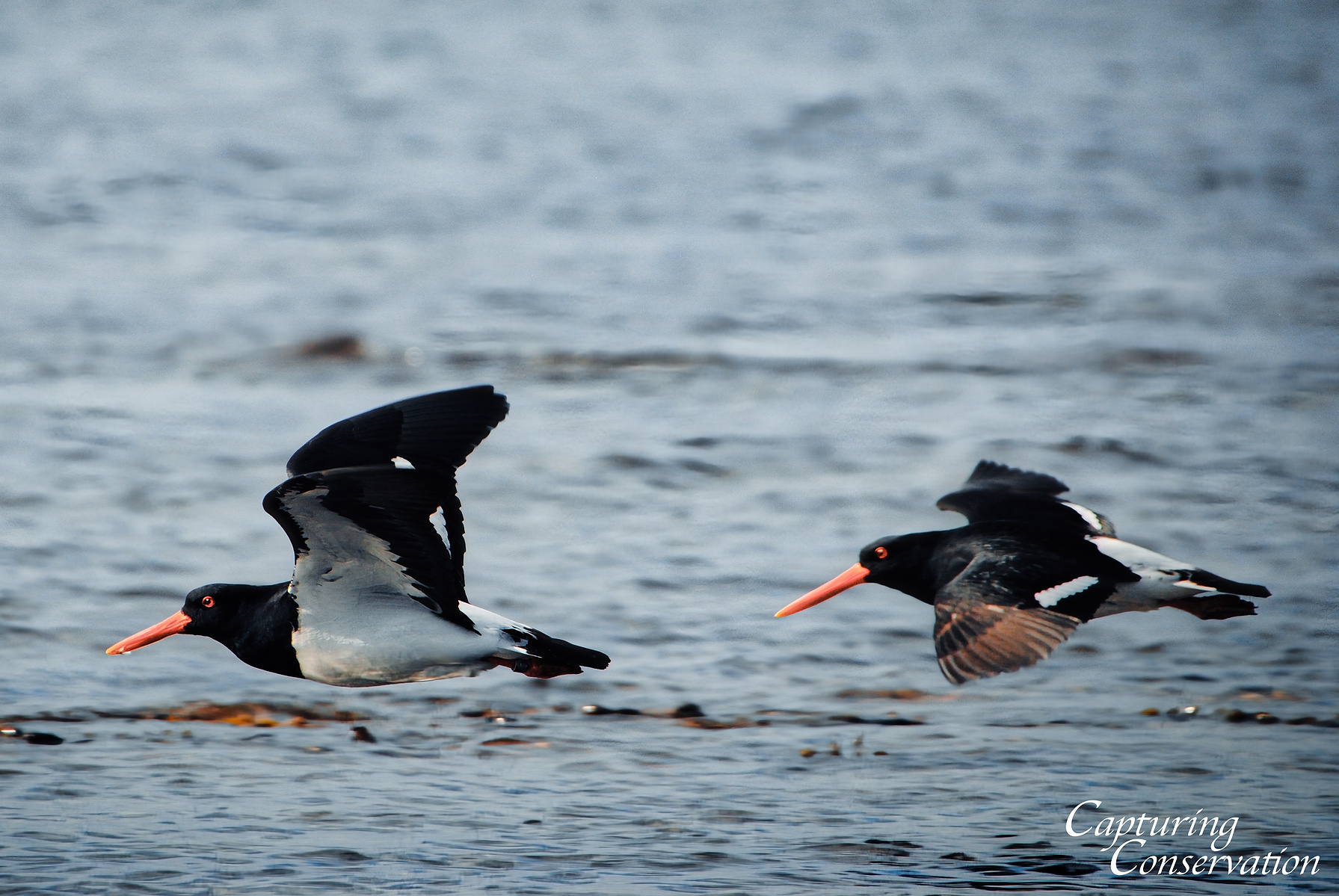
A pair of Pied Oystercatchers (Haematopus longirostis) in flight. The male (left) has travelled all the way from Stockyard Point, Victoria, over 600km away, where he was banded back in 2017. If you spot a similar band, it can be reported to the Australian Bird and Bat Banding Scheme to help scientists understand the movements and lifespans of Australia’s endangered species.

Joadja, NSW
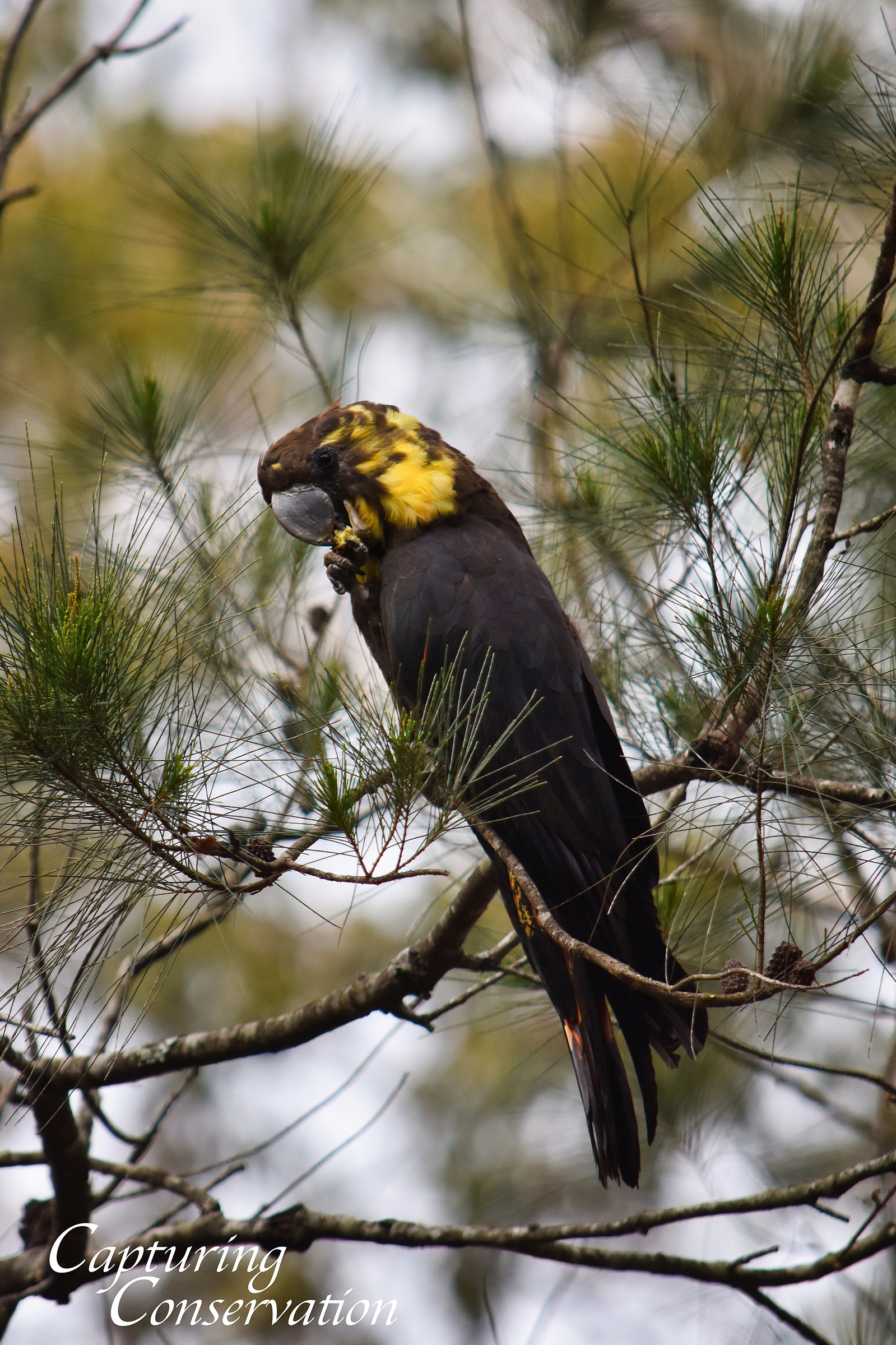
A female Glossy Black-Cockatoo (Calyptorhynchus lathami ) feeding in a casuarina tree. Glossies are the smallest of the Black Cockatoos and eat a specialised diet of allocasuarina and casuarina cones.
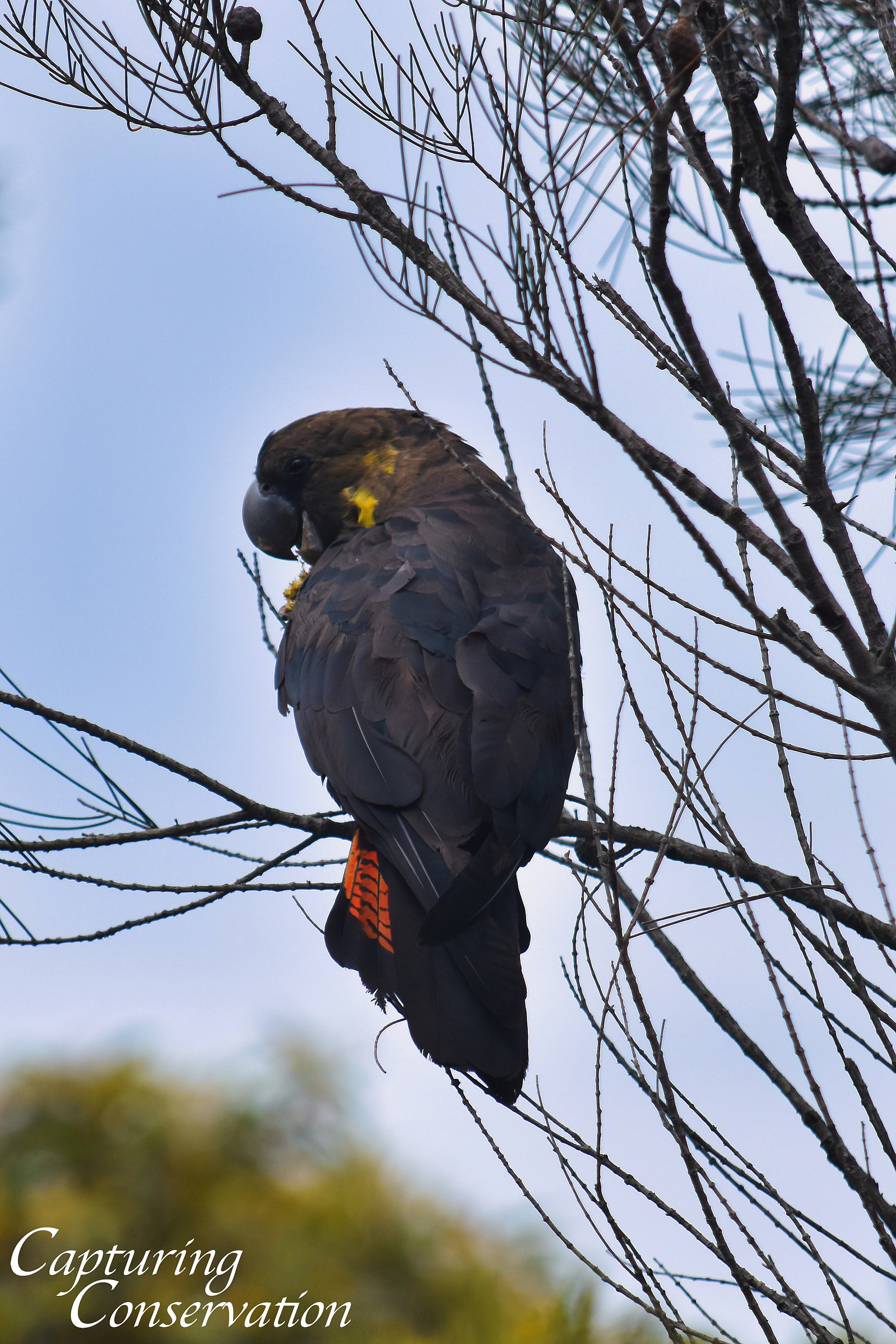
Females are nicknamed 'Flossies" and have bright yellow feathers on their heads, unique to each bird. They are endangered, with fewer than 8,000 remaining in the wild.
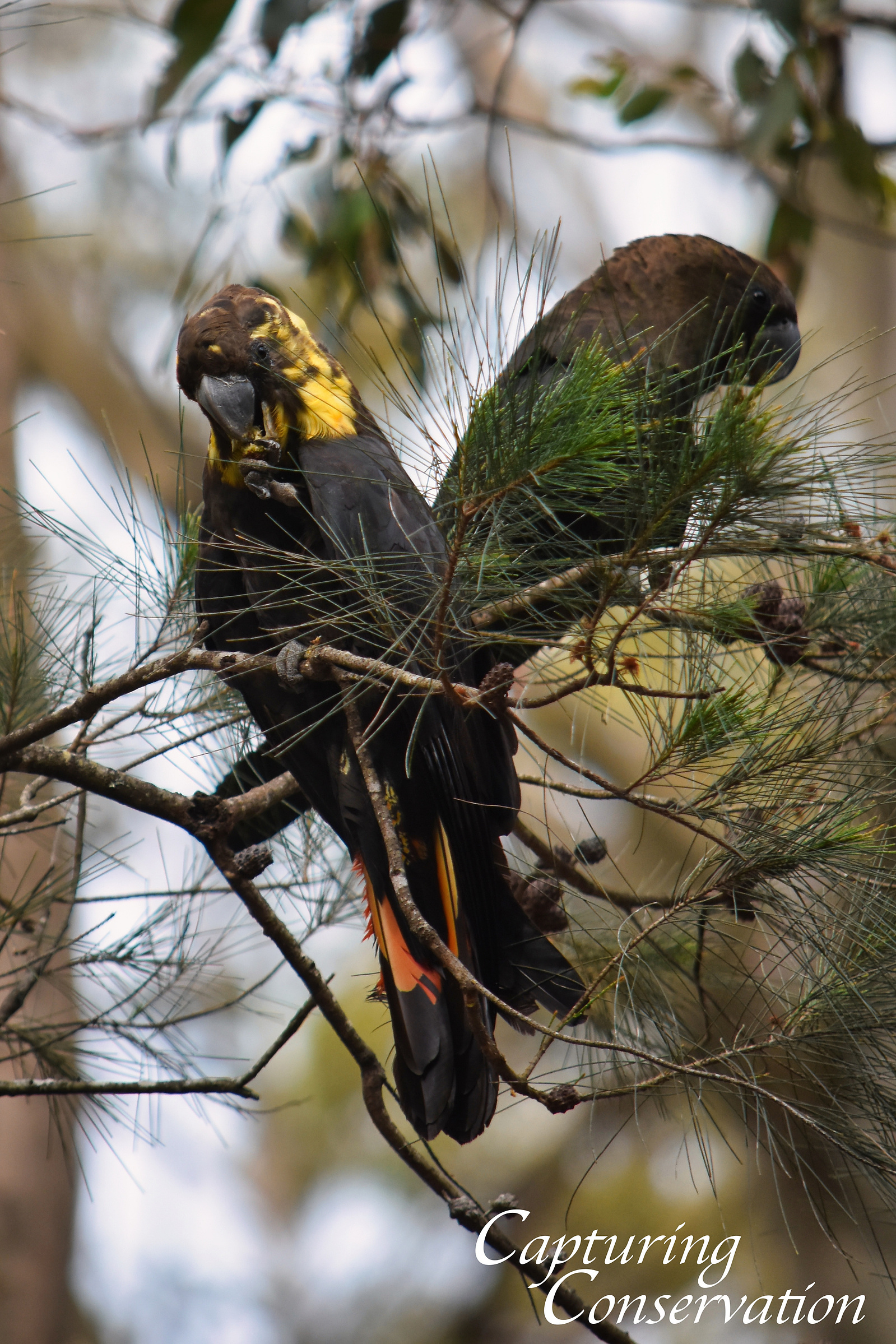
Glossies mate for life, so this pair forming a heart seems extra fitting.
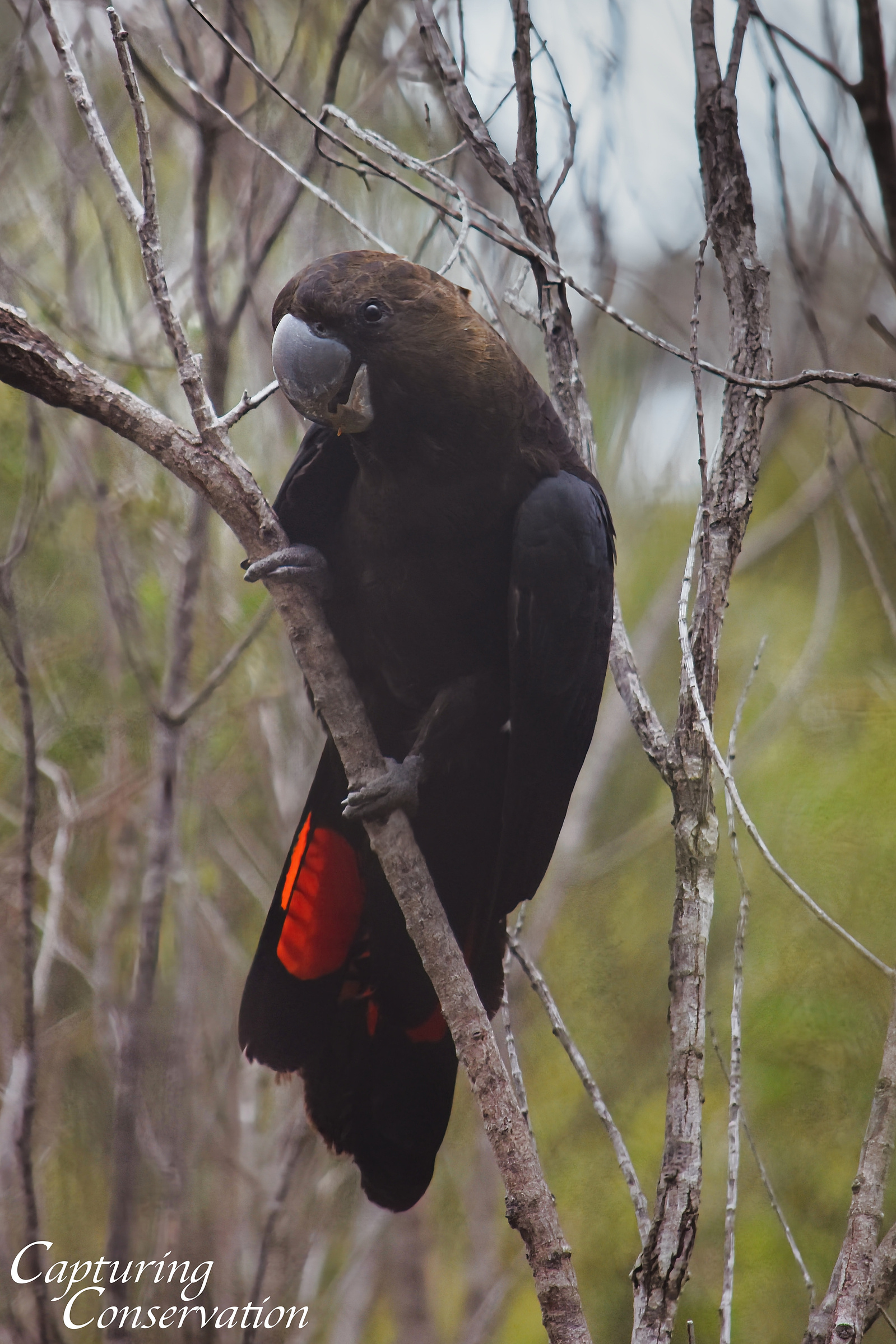
She-oak feed trees are vital to their survival. Threatening factors include wildfires, deforestation, and invasive species. To learn how you can help with re-planting she-oaks, check out this Glossy Black Conservancy fact sheet
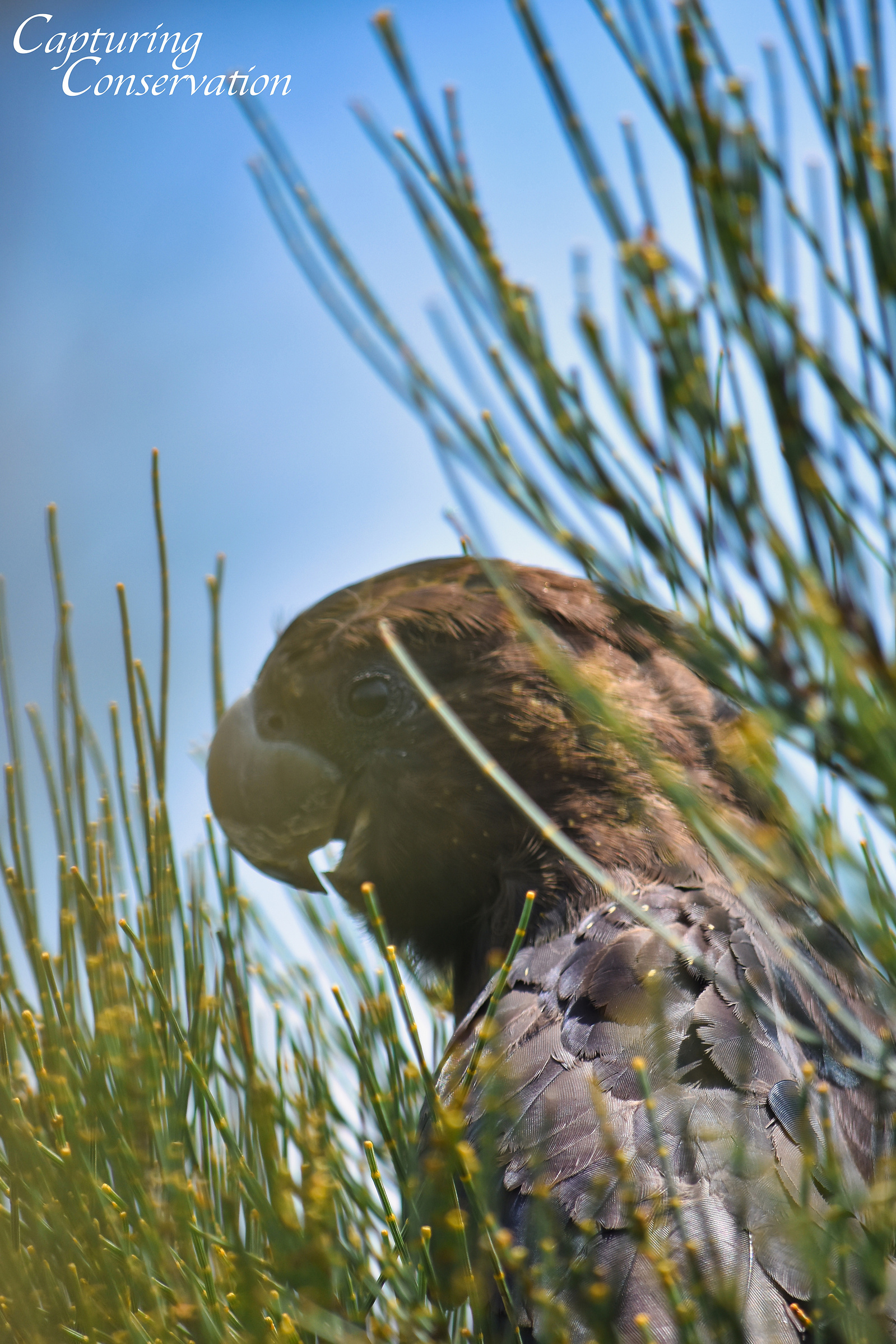
All Glossie sightings can be reported using the "Glossies in the Mist" website. An initiative run by the NSW Government, working to better understand the movement of these birds in the Great Western Wildlife Corridor

A pair of Gang-gang Cockatoos (Callocephalon fimbriatum ) sharing an evening refreshment at a small man-made stream in the Australian National Botanic Gardens, Canberra. Gang-gang Cockatoos are listed as endangered in Australia (EPBC Act, 1999).

Gang-gang Cockatoos mainly eat eucalyptus gum nuts and flowers, acacia pods, pine and cypress seeds, and the berries of introduced hawthorn. They nest in hollow-bearing trees meaning old-growth forests are essential to their survival. Habitat loss, wildfire, and climate change remain their biggest threats, as well as increasing competition with other species for these old-growth nest hollows.
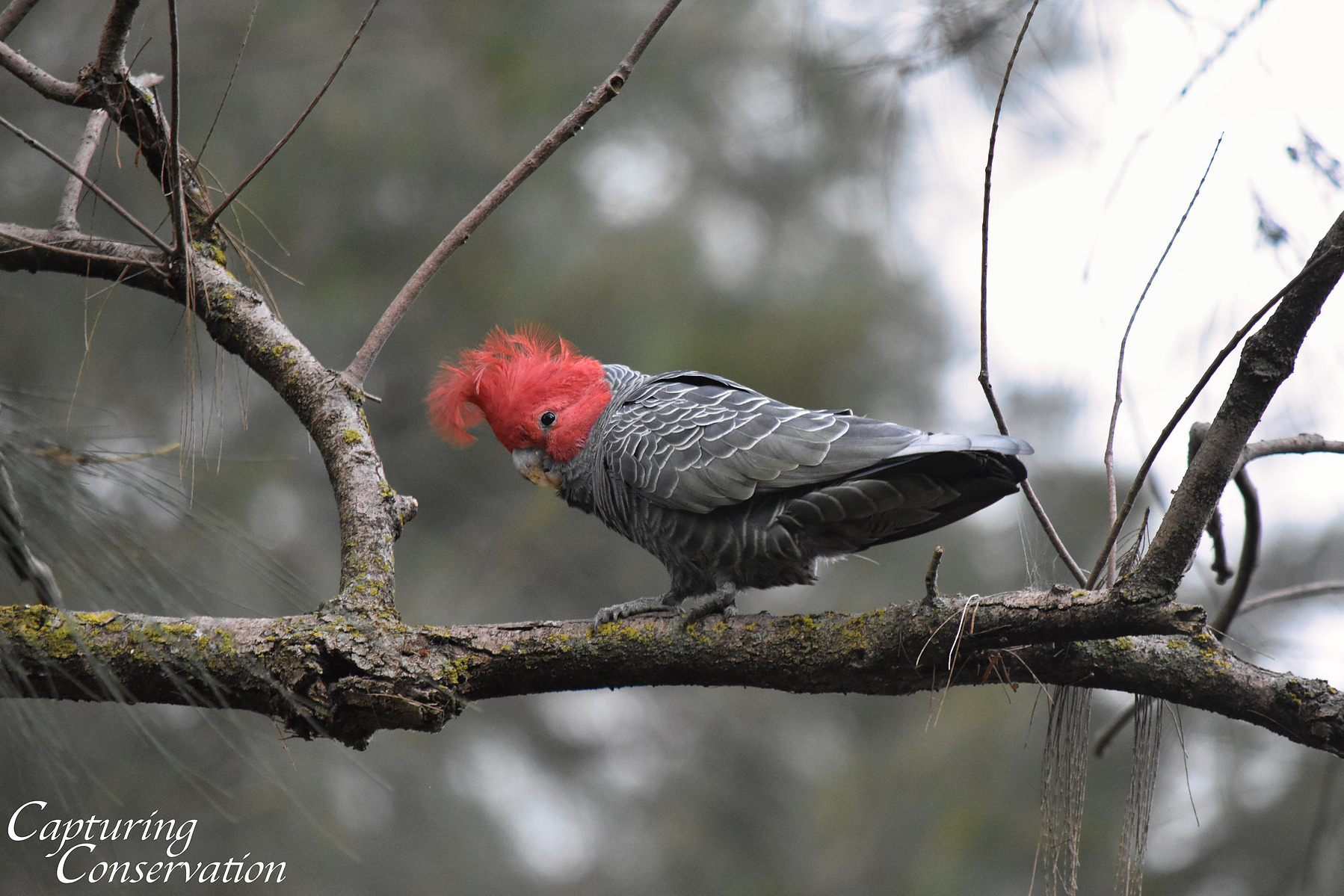
We can help Gang-gangs by supporting legislation that protects old-growth forests, and put a stop to timber harvesting. Installing nest hollows can provide this species with more nesting opportunities. We can plant eucalypt trees on our properties or join volunteer planting days in our local area.
